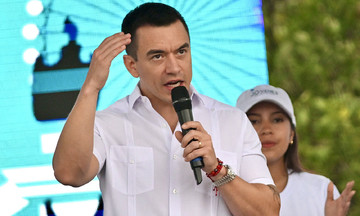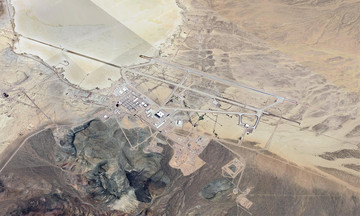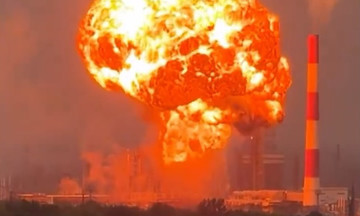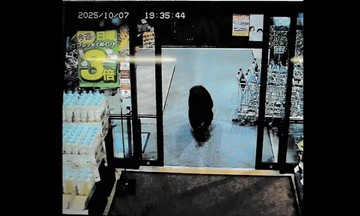At approximately 10 PM on 9/9, the Polish Operational Command activated its early warning system, Operation Eastern Aurora. This system allows Poland to immediately request NATO allies to put fighter jets and air defense weaponry on combat alert upon detection of any unauthorized airspace incursion.
An hour and a half later, when the first unmanned aerial vehicle (UAV) was detected entering Polish airspace, NATO fighter jets and helicopters were quickly dispatched to the eastern part of the country.
The deployed NATO force consisted of two Polish F-16 fighter jets and two Dutch F-35s, which had arrived in Poland on 1/9 for a three-month airspace patrol mission. MI-24, MI-17, and Black Hawk helicopters also participated in the interception operation.
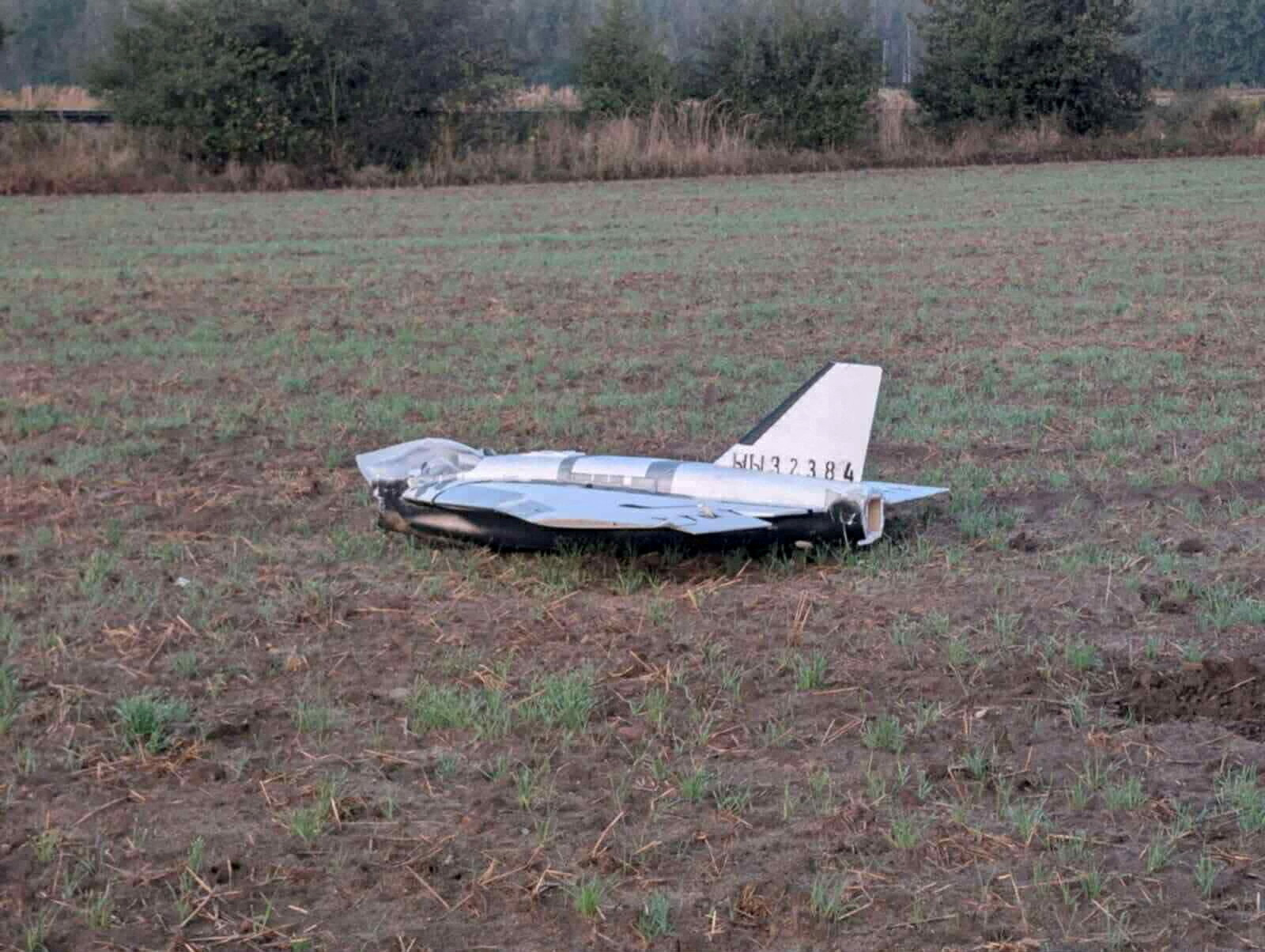 |
A damaged UAV fell in the village of Czosnowka, eastern Poland on 10/9. Photo: Reuters |
A damaged UAV fell in the village of Czosnowka, eastern Poland on 10/9. Photo: Reuters
Two Patriot air defense systems deployed by Germany in Poland were put on high alert. French officials stated that two French Rafale fighter jets in Poland were also ordered to be ready for combat if necessary.
Unlike previous incursions, these UAVs entered Polish airspace not only from Ukraine but also from Belarus. The Belarusian Ministry of Defense reported that the UAVs had deviated into Polish airspace due to electronic jamming. They stated they had proactively shot down some UAVs and warned Warsaw at 11 PM that some would soon enter Polish airspace.
Polish Prime Minister Donald Tusk stated that Polish Saab 340 airborne early warning aircraft and Italian Airborne Warning and Control System (AWACS) aircraft relayed intelligence about the potential threat to analysts. Ground-based radar systems also provided additional information for their assessment.
At least three UAVs were shot down by Polish and NATO allied fighter jets, while the remaining UAVs crashed.
Intruding UAVs don't always need to be shot down, especially if they are only flying over unpopulated areas. In such cases, officials may choose to monitor them and let them crash.
Addressing the Polish parliament on the morning of 10/9, Prime Minister Tusk said the airspace incursions began at 11:30 PM and lasted until 6:30 AM the following morning. He confirmed 19 airspace violations during that period.
"This shows the scale of this event. It lasted all night," he said. "This is the first time in history that UAVs have not only flown over from Ukraine but some also intruded from Belarus."
As the UAVs continued to arrive in the early morning of 10/9, Poland ordered restrictions on civilian air traffic and closed airports to facilitate military aircraft operations.
By midday on 10/9, wreckage from 12 UAVs and a cruise missile had been found in Poland, according to the Polish Interior Minister. Some debris was located approximately 160 km from the border.
The regional prosecutor's office in Lublin, eastern Poland, stated that the debris belonged to Gerbera UAVs used by Russian forces, possibly equipped with cameras for reconnaissance but not carrying explosives.
The Russian Ministry of Defense confirmed it had deployed UAVs to attack Ukrainian defense facilities near the Polish border but asserted that it had "no plans to attack any targets in Poland". The agency also stated that the UAVs' operational range is only within 700 km, not exceeding Polish territory.
Observers suggest that those who launched the UAVs appear to be probing NATO by forcing Poland and its allies to mobilize a response, thereby assessing the alliance's speed and operational effectiveness.
This marks the first time NATO fighter jets directly shot down alleged Russian weaponry over the territory of a member state since the outbreak of the Ukraine conflict.
Kaja Kallas, the European Union's (EU) foreign policy chief, accused this as "the most serious violation of European airspace by Russia since the start of the Ukraine war and signs indicate it was a deliberate act, not an accident."
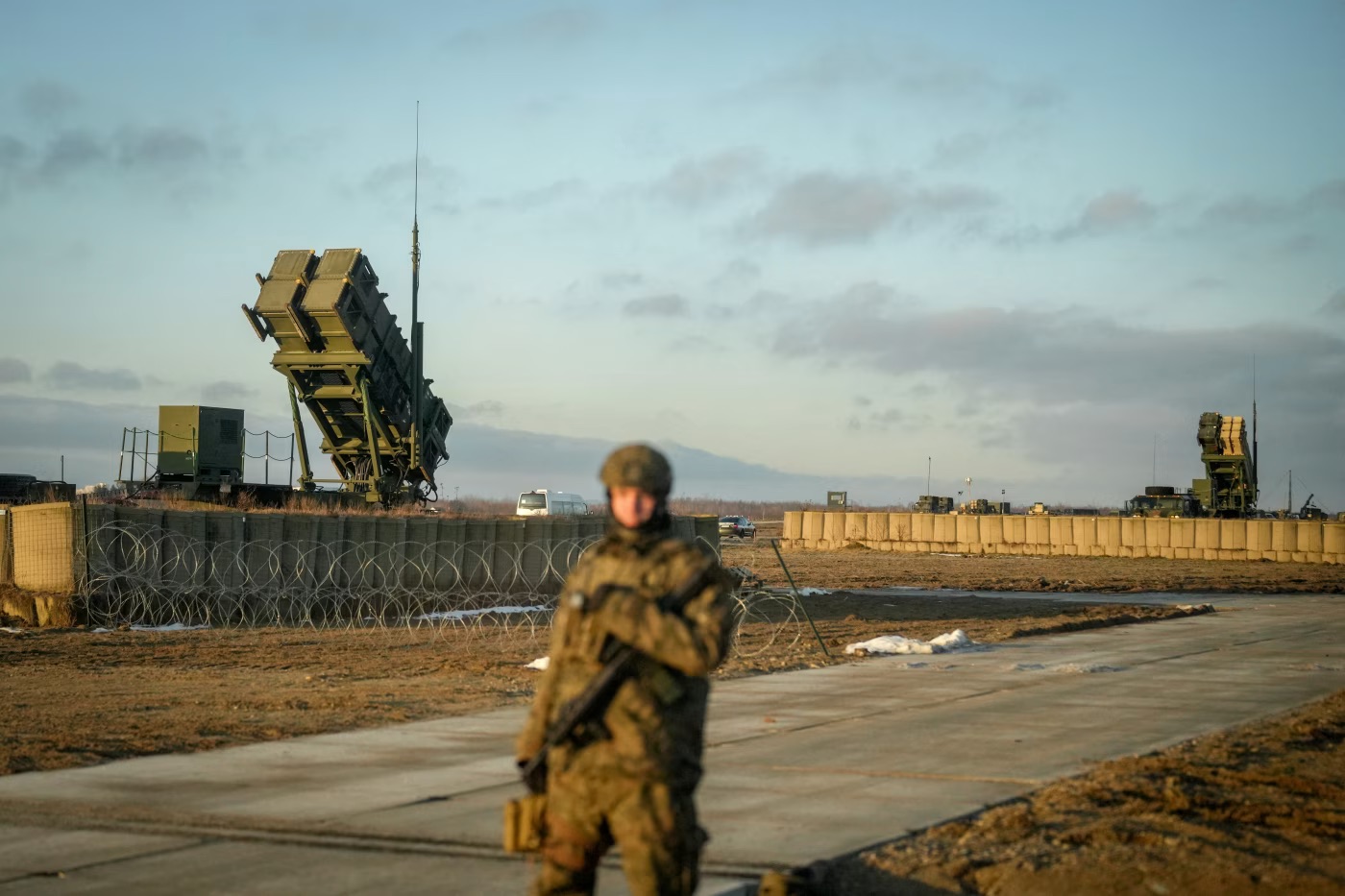 |
A soldier stands guard at a Patriot defense system site in southeastern Poland in January. Photo: Zuma Press |
A soldier stands guard at a Patriot defense system site in southeastern Poland in January. Photo: Zuma Press
However, Russia's charge d'affaires in Poland, Andrei Ordash, dismissed the accusation as "baseless". "There is no evidence to suggest that this UAV belonged to Russia," he said.
Russia has recently intensified its air strikes on Ukraine using both missiles and long-range UAVs with increasing intensity. On 7/9, Moscow carried out its largest attack to date, deploying over 800 UAVs and 13 missiles to strike its neighbor. The hours-long attack targeted government buildings in Kyiv.
Ukrainian Foreign Minister Andrii Sybiha wrote on X that the appearance of UAVs in Poland shows Russia is acting more decisively. "A weak response will only embolden Russia further, after which Russian missiles and UAVs will fly further into European territory," he said.
Meanwhile, Western experts and defense officials point out that NATO's efforts to counter the UAVs on the night of 9/9 and the early morning of 10/9 demonstrate the military alliance's over-reliance on sophisticated weapons, including F-35 fighter jets and Patriot air defense missiles, to counter inexpensive attack weapons. They assess this is not a sustainable solution in a high-intensity conflict and that cheaper alternatives need to be incorporated.
Thanh Tam (According to WSJ, Washington Post)



